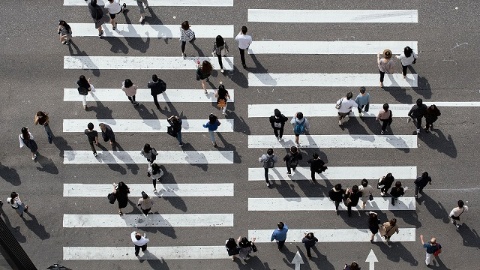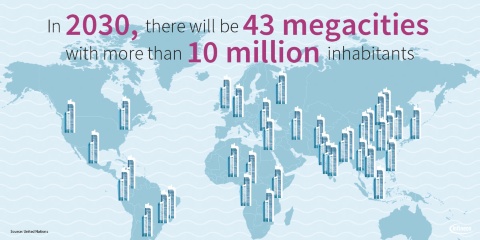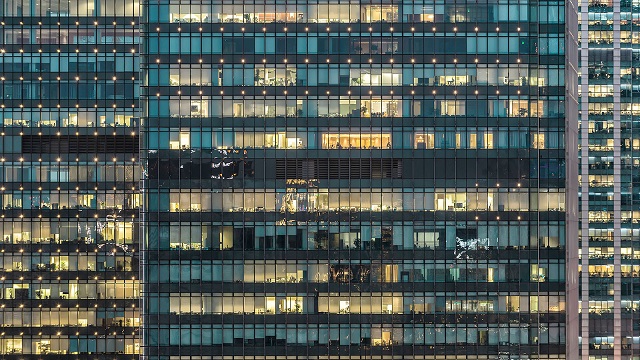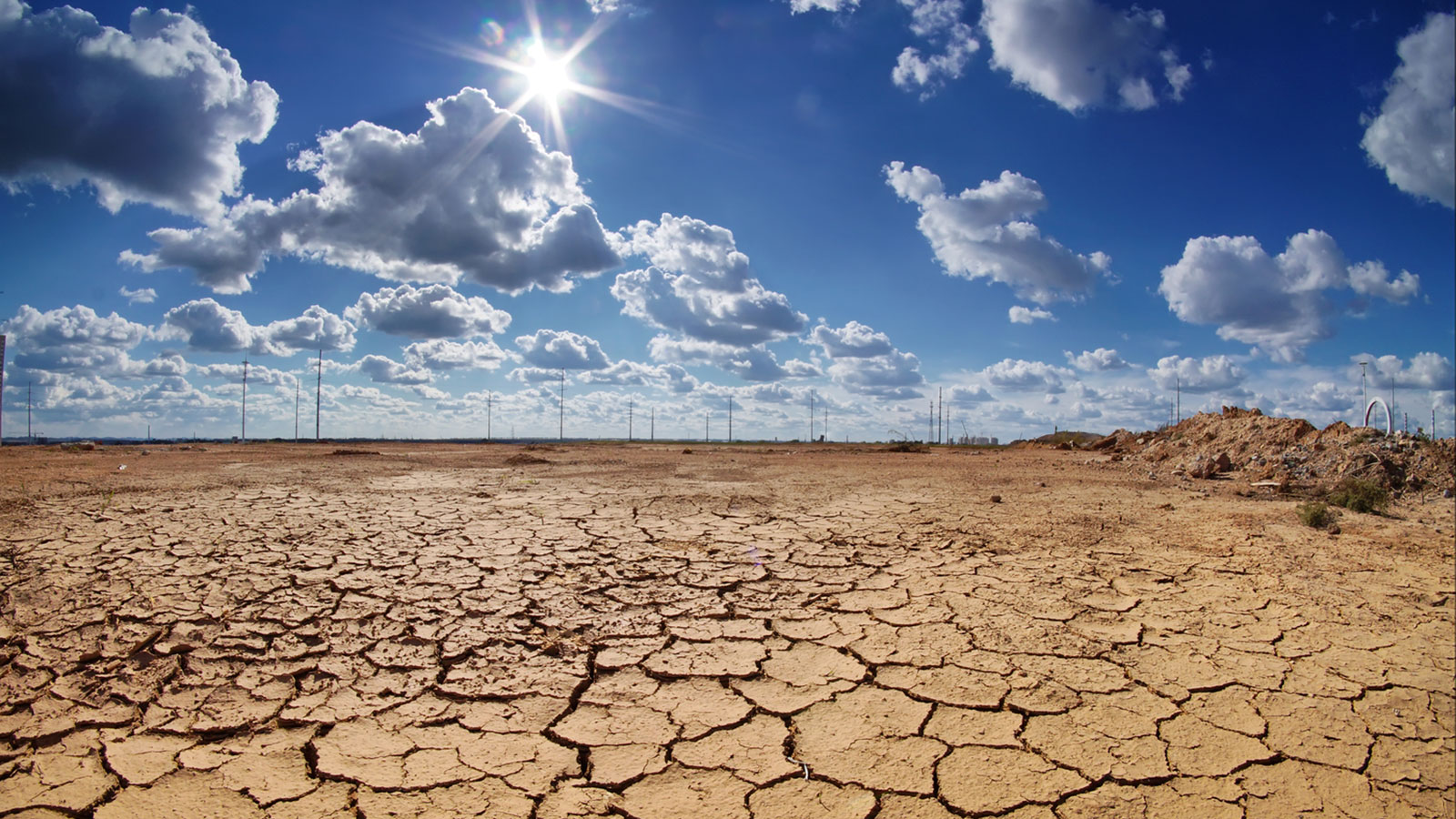
The planet’s population is growing at a rapid pace. More and more people worldwide are migrating from rural areas to cities, hoping to find better jobs and infrastructure, as well as more educational and recreational opportunities. They want a higher quality of life. Less than a third of the world’s population lived in cities in 1950 – but by 2007 that figure had already exceeded 50 percent. According to projections by the United Nations, over seven billion of the total global population of ten billion will live in cities in the year 2050.
More people in cities also means that cities keep on growing in size. The UN forecasts there will be more than 40 megacities with more than ten million inhabitants in 2030. Today’s megacities like Tokyo (37 million inhabitants in the metropolitan region), Shanghai (23 million) or New York City (20 million) will no longer be a big exception. This trend poses huge challenges for society. How can people live in the world’s big cities in the future in an eco-friendly, economically efficient, socially equitable, safe and secure way? We take a brief look at the history of urbanization and community life in the future. And we reveal ways of tackling the challenges of urbanization.
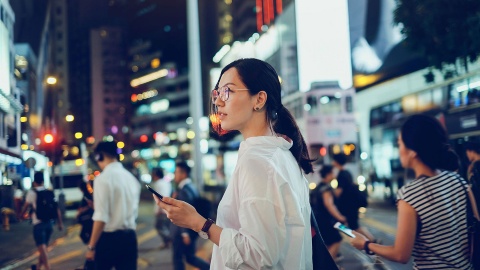
What does urbanization mean?
The term “urbanization” comes from urbs, the Latin word for city, and means the spread of lifestyles that are common in a city. The term “physical urbanization” is used to denote the actual growth of cities. If the infrastructure of a rural region is developed so that it’s comparable to a city’s standards that is called “functional urbanization.” “Social urbanization” denotes the change in social behavior of people living in rural areas – for example, when they adopt more open values and the consumer habits of city dwellers.
A brief history of urbanization
A look back in time shows that people mainly moved from the country to cities when general economic conditions changed as a whole. In some cases, the rural population grew above average and so resources became scarce. In other cases, the reason was technological developments. The mechanization of agriculture, for example, meant people in rural areas lost their job and looked for a new one in the city.
Urban planners back then faced similar challenges to today: Cities had to change to offer the new arrivals a good quality of life. Sewerage networks had to be built and expanded, and the energy supply adapted to larger and more residential buildings. Local transport was expanded to convey more and more people from residential districts to their work in industrial areas.
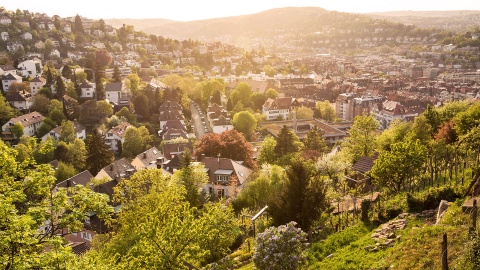
Causes of urbanization
Urbanization mainly occurs in regions where industries spread. That’s because the number of jobs in adjacent rural areas is reduced as a result. Many people leave these rural areas to escape the threat of unemployment, seek new work in the rapidly growing industries of metropolitan regions and settle there. But if you cannot afford a home in the city or prefer to live in the countryside despite your new job, you have to pay a price for that in the shape of what may sometimes be a long commute every day.
Apart from this rural flight, war or armed conflicts are another reason for migration to cities. People flee to them because they feel safer and have better medical care in an emergency. To reduce it to a simple common denominator: People move from the country if they feel sure they can find a better life in the city.
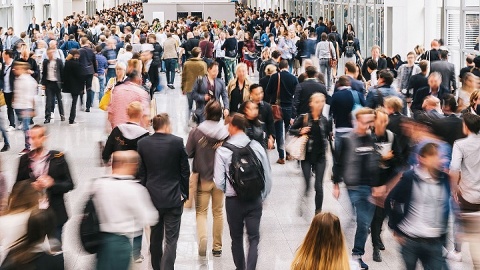
Chock-a-block: challenges posed by urbanization
More people need more space. That’s why cities keep on growing in size and spreading to the surrounding countryside. Agricultural areas and animal habitats are increasingly overlaid with sealed surfaces. At the same time, free space in cities falls victim to densification. Despite all the efforts to create more residential space in cities, supply cannot often keep up with the high demand. Homes – not only in London, Paris or New York City – are becoming increasingly unaffordable for average wage earners. And: People need more than just residential space to lead a livable life in a city.
All inhabitants need an adequate supply of drinking water and food. Medical care must be ensured, local transport optimized, and the sewerage system and road infrastructure expanded. At the same time, more energy has to be generated, stored and distributed with maximum efficiency and minimum emissions in order to address the issues of climate change and public health.
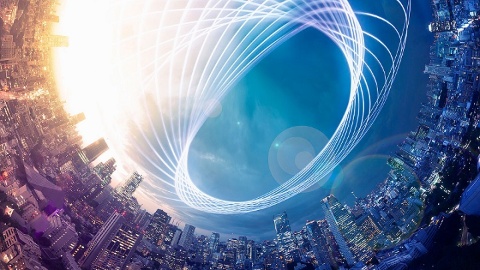
The principle of a smart city
So what must the city of tomorrow look like? What contribution can digitalization make? How does a city have to be designed so that it ensures many people in a confined space can lead a decent quality of life? The buzzword is smart city. A smart city is designed in such a way that all aspects of public life intermesh and are interconnected. The goal is to make cities more efficient, more technologically advanced and greener – and yet ensure no one is socially marginalized. That is achieved on the basis of technical, economic and social innovations.
But under what circumstances would people use additional smart city offers in the first place? The market research institute Splendid Research surveyed more than 1,000 citizens in Germany about their expectations in 2018. 86 percent named free access to the offerings as the main factor. Over 80 percent of respondents expect trouble-free operation and data protection. Time savings in everyday life are likewise very important for a large majority. It’s important for smart city solutions to be accepted by city dwellers – only then can they be further developed sensibly and ensure a better life in cities with more than ten million inhabitants long term.
Last update: June 2019
